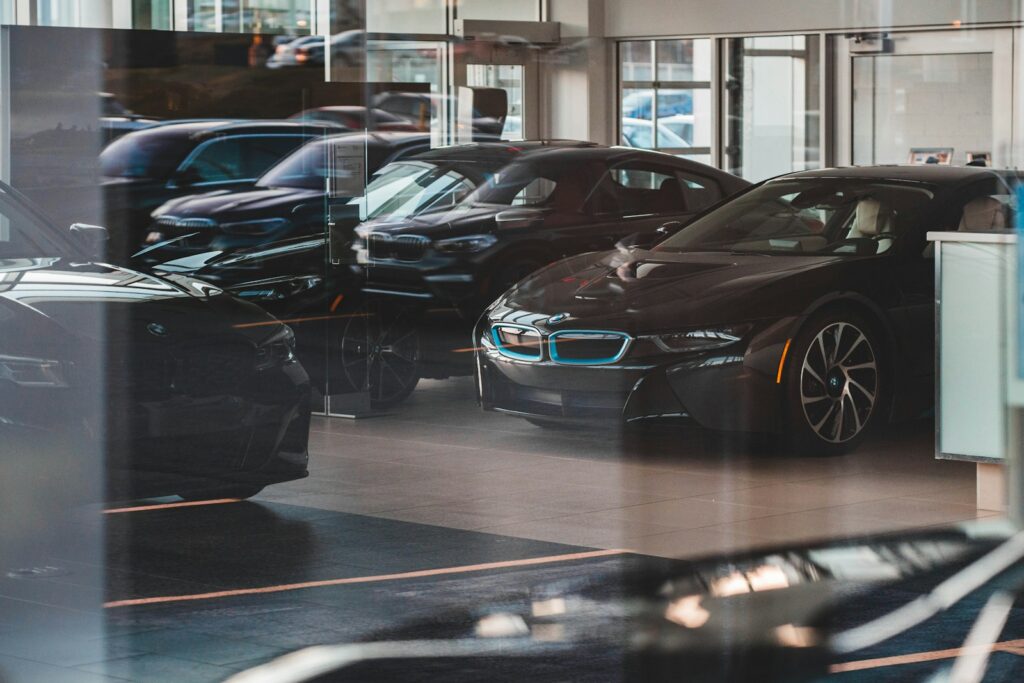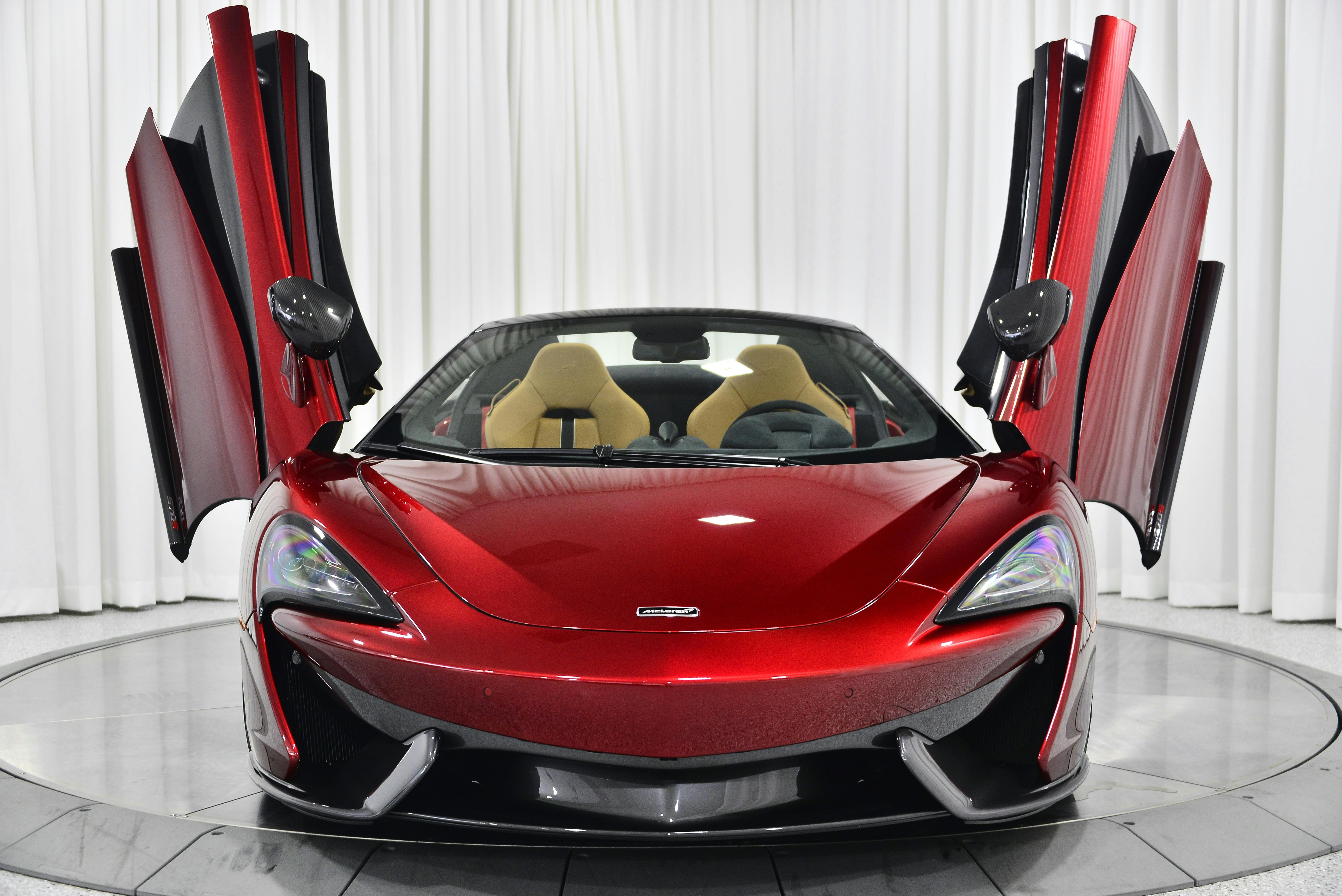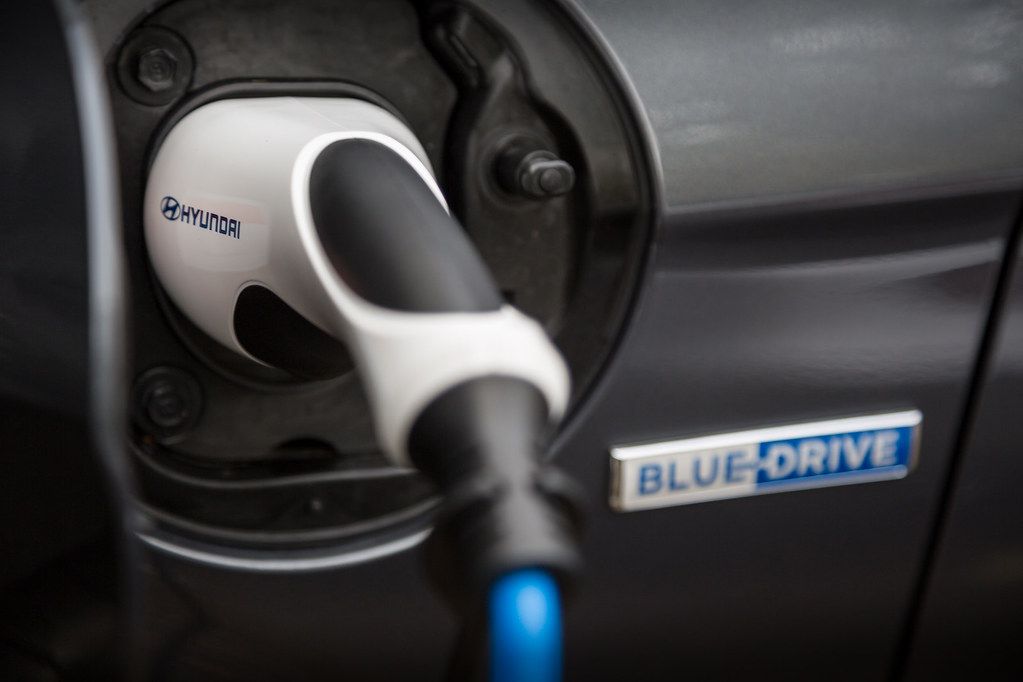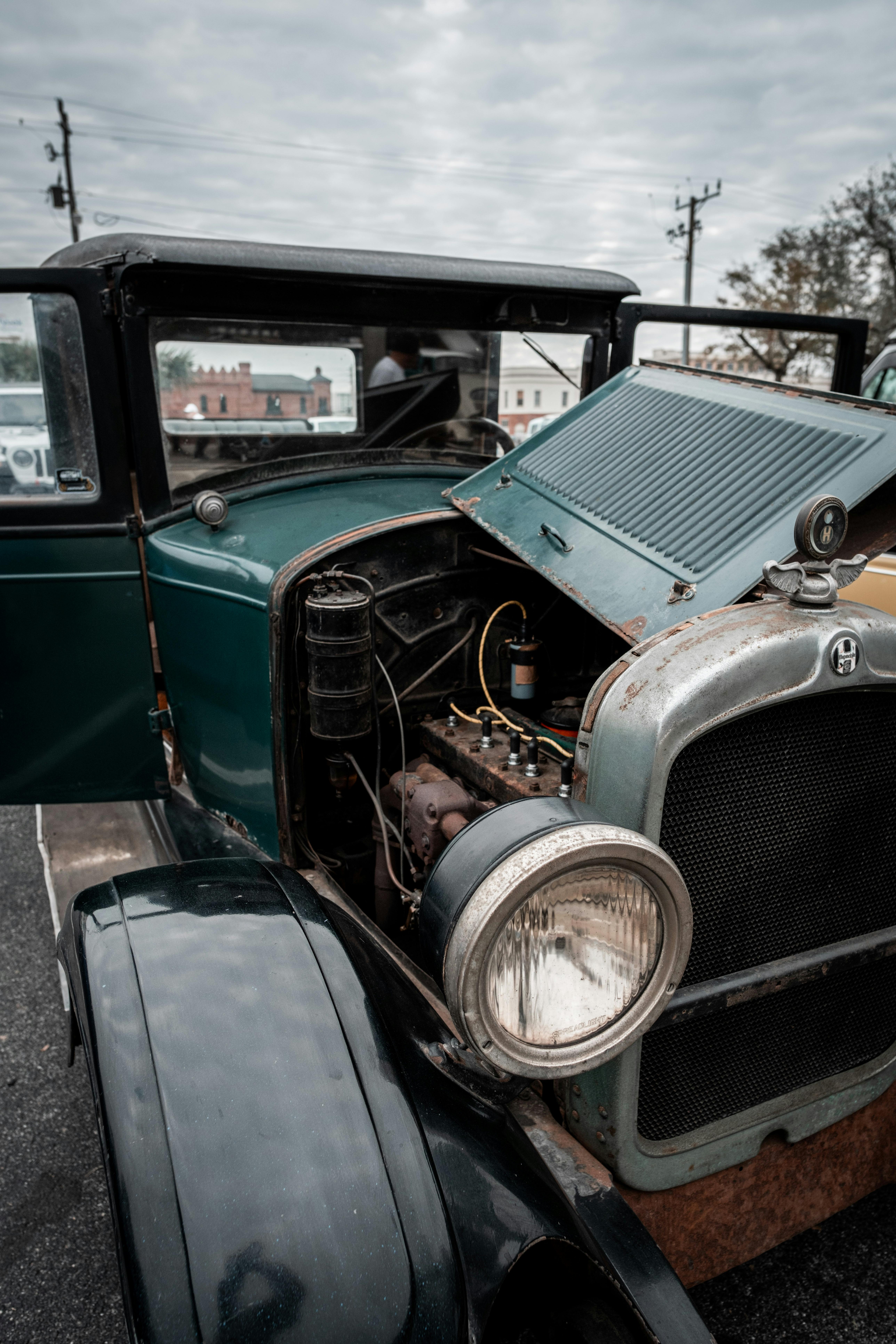
Have you ever found yourself flipping through old photos or watching a classic movie, only to spot a car accessory that makes you tilt your head and wonder, “Wait, seriously, where did *that* go?” We’re talking about those quirky, sometimes baffling, often beloved gadgets and embellishments that once graced our dashboards, windows, and seats, making every ride feel uniquely ‘of its time.’ The automotive landscape is constantly evolving, driven by innovation, changing tastes, and let’s be honest, the cold, hard realities of physics and practicality. But before touchscreens and driver assists took over, cars were packed with ingenious, sometimes purely aesthetic, solutions born from the spirit of an era.
The 80s, in particular, were a veritable golden age for these kinds of distinct car accessories. It was a time when personal expression wasn’t just encouraged but celebrated, and our cars became extensions of our individual styles. From pulsating light bars that turned your sedan into a mobile disco to fluffy adornments that screamed rebellion, these items made every vehicle feel like a rolling personality statement. They weren’t just about utility; they were about making a statement, turning heads, and sometimes, just making your daily commute a little more fun.
Today, most of these once-ubiquitous items have vanished from auto parts store shelves and new car options lists, leaving a nostalgic void for those of us who remember them. But their legacy, for better or worse, lives on in our collective memory and in the hearts of classic car enthusiasts. So, buckle up, because we’re taking a joyride back in time to rediscover 15 wildly nostalgic car accessories that vanished into thin air, starting with the first seven unforgettable relics. Get ready to reminisce, maybe chuckle, and definitely wonder what we ever did without (or with) them.
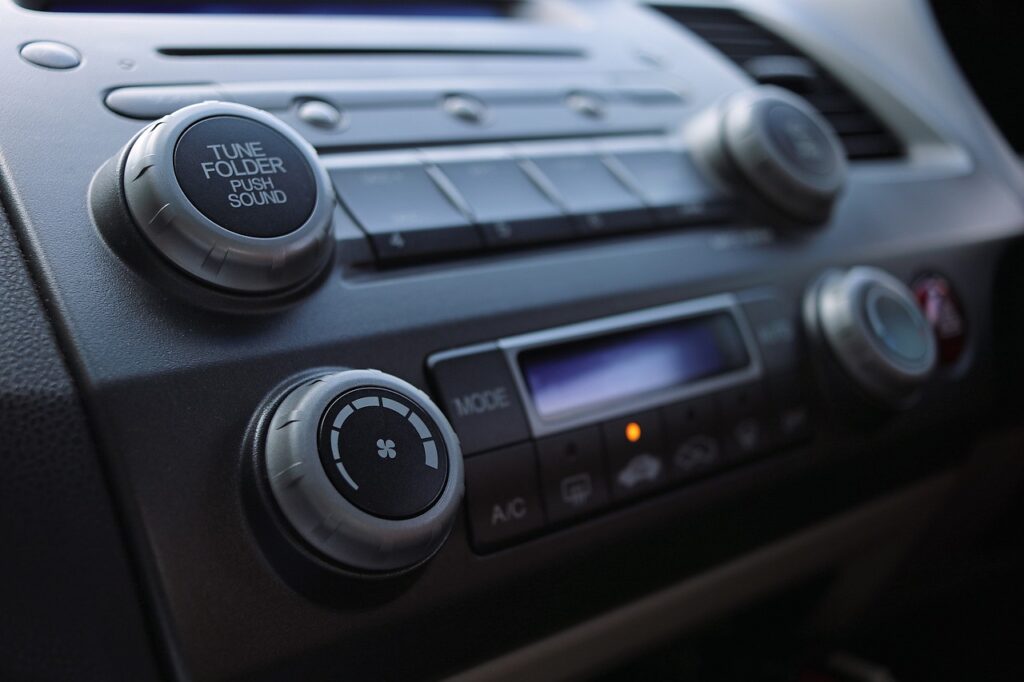
1. **Graphic Equalizer Light Bars**Remember when your car’s sound system wasn’t just about crisp audio, but also a visual spectacle? Enter the graphic equalizer light bar, a truly iconic dashboard accessory that screamed “high-tech” in the 80s. These bars were designed to pulsate with vibrant colors, perfectly synchronized to the rhythm of your music, transforming your car’s interior into a miniature, mobile nightclub.
They were purely aesthetic, offering absolutely no functional benefit beyond their dazzling display. Yet, for car audio enthusiasts and anyone looking to add a serious dose of cool to their ride, these light bars were an absolute must-have. They created an immersive, almost futuristic, experience, making even the most mundane commute feel like you were cruising to the beat of your favorite track on the way to the hottest club in town.
While they were beloved for their flashy appeal, the rise of more integrated, less obtrusive audio visualizers and the overall shift towards cleaner dashboard aesthetics ultimately led to their demise. Today, your smartphone or car’s infotainment system might offer digital visualizations, but nothing quite captures the raw, physical charm of those pulsating, colorful light bars. They truly were a sign of the times, blending sound and vision in a way that defined an era of car customization.
Read more about: Beyond the Algorithm: Decoding ChatGPT’s Chilling Predictions for Humanity’s Future – And Our Role in Shaping It
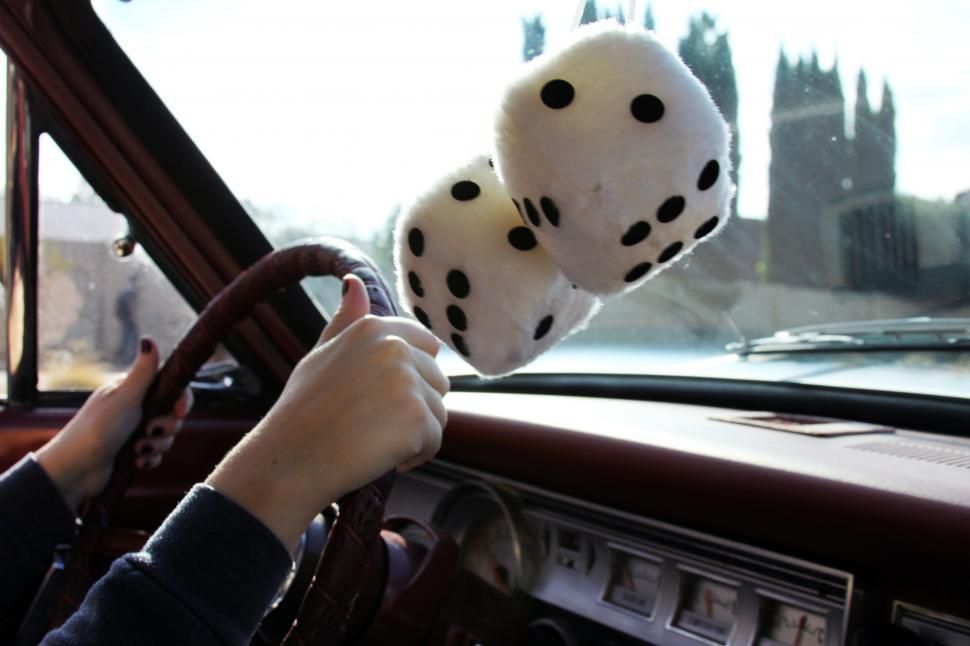
2. **Fuzzy Dice**Few car accessories are as instantly recognizable or as steeped in pop culture as fuzzy dice. Hanging proudly from rearview mirrors, these fluffy cubes became an undeniable symbol of fun, rebellion, and a certain devil-may-care attitude that permeated generations of drivers. They weren’t just decorative; they were a statement piece, a tiny textile rebellion against the mundane.
Few car accessories are as instantly recognizable or as steeped in pop culture as fuzzy dice. Hanging proudly from rearview mirrors, these fluffy cubes became an undeniable symbol of fun, rebellion, and a certain devil-may-care attitude that permeated generations of drivers. They weren’t just decorative; they were a statement piece, a tiny textile rebellion against the mundane.
Available in a dizzying array of neon colors, leopard prints, and various sizes, fuzzy dice were the perfect reflection of an era’s flair and personality. They added an immediate splash of vibrant, playful charm to any vehicle, turning an ordinary interior into something with a bit more zest. Whether you were cruising down the highway or just parked at the local diner, those dice swinging subtly served as a cool, retro wink.
Though their origins trace back to the 1950s, reaching peak popularity among WWII pilots for good luck, it was in the 1980s that fuzzy dice truly cemented their place in automotive lore. They became synonymous with youth culture, hot rods, and a generally carefree approach to driving. Every cool kid had them, or at least desperately wanted them, dangling just so.
Their decline can be attributed to evolving interior designs, which moved towards sleeker, more minimalist aesthetics, leaving less room for such overt expressions of personality. Modern safety regulations also discouraged anything that might obstruct a driver’s view. But even now, seeing a pair of fuzzy dice brings a wave of nostalgia, reminding us of a time when car interiors were a canvas for playful self-expression.
Read more about: Barn Find Billions: Unearthing 11 Ultra-Rare ’60s Chevy Models That Could Make You Rich

3. **Removable Sunroofs**Before automatic, power-sliding glass roofs became the norm, some adventurous drivers embraced the rugged charm of removable sunroofs. These weren’t your push-button wonders; oh no. These manual marvels required serious arm strength and a commitment to the open-air experience, offering a true taste of convertible life without the hefty price tag of a full drop-top.
Typically made of tinted plexiglass or a solid panel, these sunroofs literally lifted off the car’s roof, often requiring the driver to store the panel awkwardly in the trunk or backseat. While they promised glorious sunshine and refreshing breezes, they came with their own set of endearing (or frustrating) quirks. They were famously prone to leaks during rainstorms, turning an exhilarating drive into a soggy adventure if you weren’t quick enough to reinstall the panel.
Despite the physical exertion and the risk of an impromptu shower, removable sunroofs offered an unparalleled sense of freedom. It was a tangible connection to the outside world, a way to truly feel the wind in your hair and the sun on your face, even if it meant a bit of a workout. They were a budget-friendly compromise for those craving an open-top experience, a mechanical marvel that felt incredibly cutting-edge at the time.
As automotive design evolved, integrating better climate control systems and more aerodynamic body shapes, the manual, leak-prone removable sunroof slowly faded into history. Power sunroofs offered convenience and better seals, making the manual option a relic of a simpler, sweatier time. Yet, for those who remember the satisfying click of unlatching and the liberating feeling of lifting that panel away, the memory of these quirky roofs remains vivid.
Read more about: Gearheads, Start Your Engines! These 12 Vintage Icons Still Define Automotive Perfection

4. **Velour Seat Covers**Step back into the 70s and 80s, and you’re likely to encounter an interior adorned with velour seat covers. These soft, luxurious textiles were once the epitome of automotive comfort and style, transforming even the most basic sedan into what felt like a plush, rolling lounge. They added an undeniable touch of perceived elegance and coziness to any vehicle, making long drives feel a little more opulent.
Velour seat covers came in an astonishing array of wild patterns and bold colors, from deep burgundy to electric blue, sometimes even featuring intricate geometric designs. They were more than just protective coverings; they were a deliberate design choice, a way to infuse personality and a sense of upscale flair into an otherwise standard car interior. The soft, plush texture invited passengers to sink in and relax, creating an inviting atmosphere.
However, this perceived luxury came with its own set of practical drawbacks. Velour was notorious for trapping heat, making summer drives a somewhat sticky affair, and it was an absolute magnet for lint, pet hair, and crumbs, requiring constant vigilance with a lint roller. While they felt soft to the touch, their durability often left something to be desired, showing wear and tear relatively quickly compared to other materials.
As automotive tastes shifted towards more durable, easy-to-clean materials like leather and modern synthetic fabrics, velour seat covers began their slow fade from popularity. The emphasis moved from pure softness to longevity and practicality. Though they’ve largely vanished from new car showrooms, they remain a beloved, if slightly impractical, emblem of an era when car comfort was defined by a specific kind of fuzzy luxury.
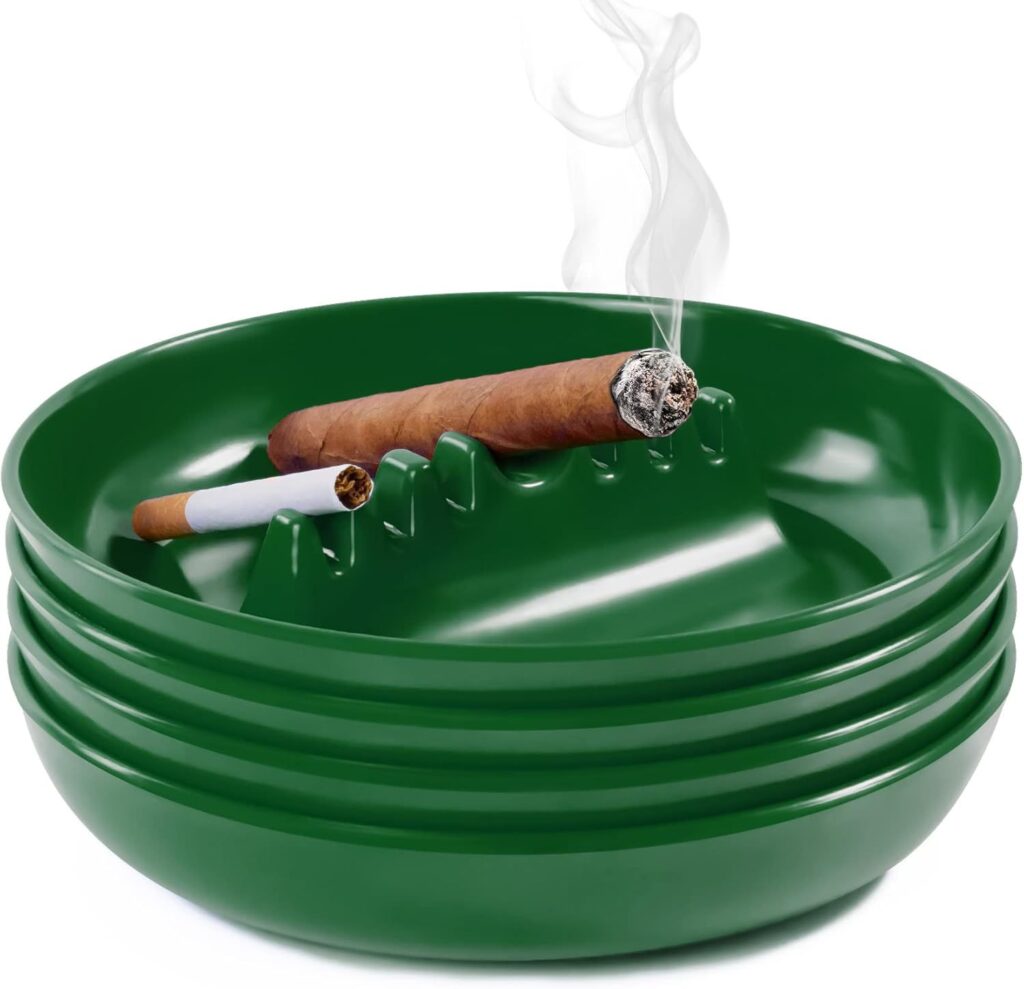
5. **Cigarette Lighters with Built-In Ashtrays**In an era when smoking while driving was not only accepted but expected, cigarette lighters and ashtrays were standard equipment in virtually every car. Far from being a niche accessory, these were ubiquitous features, seamlessly integrated into dashboards and door panels, reflecting a different societal attitude towards tobacco. They weren’t just for smokers; the lighter socket was a universal power port for early car gadgets.
Almost every car interior featured a spring-loaded cigarette lighter, ready to pop out with a glowing coil, nestled conveniently next to a full, or soon-to-be-full, ashtray. These ashtrays were often elegantly designed, sometimes even removable for easy emptying, but always within arm’s reach. Drivers smoked freely, flicking ashes without a second thought, and car interiors bore the smoky testament to this accepted habit.
These integrated ashtrays were once considered a practical necessity, designed not only for convenience but also to reduce the fire risk associated with improperly discarded cigarettes. They were a testament to thoughtful interior design, albeit for a habit that would eventually fall out of favor. The widespread presence of these features really underscores how deeply ingrained smoking was in daily life, including the act of driving.
However, as public health awareness grew and smoking rates plummeted, these automotive relics began to lose their purpose. Laws banning smoking with children in cars further hastened their demise. That once-essential lighter socket, however, didn’t vanish entirely; it cleverly evolved into the 12V power outlet, a lifeline for charging our devices, symbolizing a clear shift in priorities from smoking accommodations to modern connectivity and convenience. Today, an empty ashtray well often serves as a handy coin holder.
Read more about: Unpacking the Past: 14 Vintage Car Features Modern Driving Left Behind (And Why We Miss Them)
6. **Car Phones (Hardwired Models)**Before our smartphones became pocket-sized supercomputers, and long before Bluetooth was a twinkle in an engineer’s eye, car phones were the ultimate status symbol on wheels. These weren’t portable flip phones; we’re talking about giant, hardwired communication devices that were permanently installed in your vehicle, complete with an external antenna and a hefty price tag. They screamed “executive” status, signaling that you were far too important to be out of touch, even on the go.
These early car phones, prevalent from the late 1970s through the 1990s, utilized analog cellular networks, which meant calls were often dropped, and sound quality could be, to put it mildly, terrible. They required professional installation, often involved bulky handsets, and typically cost a fortune both to purchase and to use, with exorbitant per-minute charges. Yet, for the business elite, the perceived advantage of constant connectivity far outweighed these significant drawbacks.
Some of these advanced systems even integrated with the vehicle’s audio system, automatically muting your music when a call came in – an innovation we take entirely for granted today. They were an audacious attempt to bring seamless communication to the automotive world, a fascinating stepping stone in the journey toward our current state of ubiquitous mobile access. For 80% of executives in the 80s, these were deemed essential business tools, despite the astronomical costs and limited coverage.
However, mobile technology rapidly outpaced these early behemoths. When personal cell phones shrunk to pocket size, became affordable, and offered vastly improved call quality and coverage, the hardwired car phone stood no chance. By the 2000s, personal mobile phones, coupled with the burgeoning convenience of Bluetooth integration, rendered permanent car phones completely obsolete. Today, Bluetooth systems offer clearer calls, fewer distractions, and no subscription fees, making those early car phones seem like fascinatingly prehistoric communication tools.

7. **Sheepskin Seat Covers**If you craved ultimate comfort during your long drives, especially across varied climates, sheepskin seat covers were likely at the top of your accessory wish list. These fluffy, natural fiber covers were all about luxury and coziness, designed to make every journey feel like you were lounging on a cloud. They offered a unique blend of practicality and pampered indulgence, appealing to drivers in both scorching deserts and freezing tundras.
The real magic of sheepskin lay in its natural ability to regulate temperature. In colder weather, the dense wool provided insulating warmth, making those chilly morning starts much more bearable. Conversely, in hot climates, the breathable fibers wicked away moisture and allowed for air circulation, preventing that sticky, uncomfortable feeling often associated with synthetic materials. They were a sophisticated, organic solution to in-car climate control, long before heated and cooled seats became commonplace.
Popular in both cold and hot climates, these luxurious covers were a common sight in many vehicles. They weren’t just about comfort, though; they added a distinct, plush aesthetic that spoke of a certain appreciation for high-quality, natural materials. The sight of a car with sheepskin covers immediately conveyed a sense of premium comfort and an owner who prioritized their driving experience.
Despite their undeniable comfort and unique thermal properties, sheepskin seat covers had a significant Achilles’ heel: they were a pain to clean. Spills and dirt could be notoriously difficult to remove, often requiring professional cleaning or specialized products to maintain their pristine condition. As new, more durable, and easily maintainable synthetic materials emerged, offering similar comfort with fewer upkeep headaches, the popularity of sheepskin covers slowly faded. While still available for niche markets, they’re no longer the mainstream comfort king they once were, yielding to modern alternatives.

